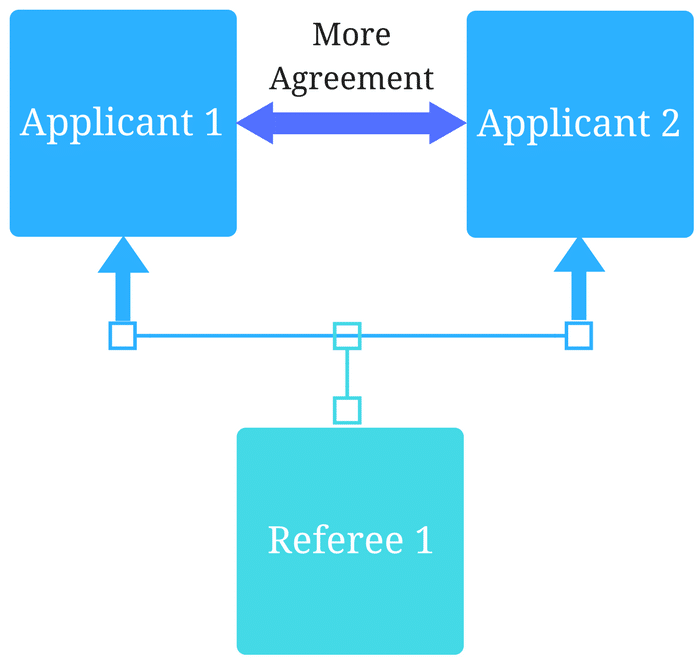How Healthy Is Your Curriculum Data?

September 26, 2025
Why Governance Matters More Than Ever
Curriculum data is the foundation of modern medical education. It informs accreditation reporting, drives competency-based learning, and powers Continuous Quality Improvement (CQI). But its impact extends well beyond compliance: healthy curriculum data enables leadership to plan strategically, adapt to emerging standards, and support learners effectively.
When curriculum data is unhealthy—outdated, inconsistent, or locked in silos—the risks are serious. Accreditation readiness stalls. CQI cycles grind to a halt. Faculty lose trust in the system. And leaders are left making decisions without reliable evidence.
That’s why more and more medical schools are shifting their focus from “curriculum mapping” alone to curriculum data health: a broader approach to governance, integrity, and accessibility of the data that underpins their programs.
What We Mean by Curriculum Data Health
Curriculum mapping shows what is taught and where it appears. Curriculum data health determines whether that information is accurate, consistent, and useful.
At its core, healthy data means:
- Accuracy – information is correct, current, and verifiable.
- Consistency – terminology and tagging follow shared standards.
- Governance – ownership and approval roles are clearly defined.
- Accessibility – stakeholders can find and use data without barriers.
- Timeliness – updates happen continuously, not just in the run-up to accreditation.
When these conditions are met, curriculum data becomes a living asset rather than a static record.
Risks of Poor Data Health
For Deans and administrators, unhealthy curriculum data isn’t just inconvenient, it’s risky. Some of the most common threats include:
- Compliance Risk
Accreditation reviews expose gaps, inconsistencies, or missing data, creating stressful last-minute scrambles. - Strategic Blind Spots
Without reliable longitudinal data, it’s hard to identify curriculum drift, redundancy, or gaps in competency coverage. - Faculty Frustration
If leaders can’t access clear reports, they disengage from CQI efforts and question the value of mapping. - CQI Stall-Out
Feedback loops fail when data isn’t trustworthy, slowing improvement cycles and leaving learner concerns unaddressed. - Institutional Memory Loss
Over-reliance on one coordinator or manual processes creates fragile systems vulnerable to turnover or competing priorities.
What Healthy Curriculum Data Looks Like
In a strong program, curriculum data isn’t just managed, it’s governed. Signs of a healthy system include:
- Centralized repositories where objectives, sessions, and assessments are connected.
- Standardized vocabularies aligned to frameworks like CanMEDS or AAMC competencies.
- Governance policies that document roles, permissions, and version control.
- Self-serve accessibility for faculty, committees, and leadership.
- Continuous updating so data reflects the curriculum as it is taught, not just as it was approved years ago.
Steps to Strengthen Data Health
Building curriculum data health is less about one-time fixes and more about embedding strong governance. Leading programs focus on:
| 1. Establishing Governance Policies | Document who owns, approves, and maintains curriculum data. Make responsibilities explicit and shared. |
| 2. Creating Quality Standards and Audits | Set expectations for terminology, metadata, and update cycles. Conduct regular audits to catch issues early. |
| 3. Building Shared Ownership | Empower faculty, administrators, and leadership to contribute to data accuracy, not just one coordinator. |
| 4. Leveraging Technology for Lifecycle Management | Adopt platforms that provide version history, audit trails, and integrated workflows. |
| 5. Monitoring Data Health KPIs | Track indicators like update frequency, missing fields, and terminology compliance to ensure standards are met over time. |
How Data Health Supports Leadership and Innovation
While accreditation compliance may be the most urgent driver, healthy curriculum data delivers far broader value. It enables leaders to:
- Detect and address curriculum drift early.
- Benchmark learning outcomes across cohorts and programs.
- Align curriculum with emerging competencies in areas like AI, equity, and new clinical practices.
- Make resource allocation and strategic planning decisions with confidence.
In other words, healthy data transforms curriculum management from a compliance exercise into a strategic enabler of program quality and innovation.
Resources to Assist You
Curriculum data health should be more than an administrative concern, it should be an institutional priority. By strengthening accuracy, governance, and accessibility, medical schools can reduce risk, improve CQI, and build a foundation for long-term innovation.
If you’re curious whether your program is on the right track, start with our Curriculum Data Health Checklist. It provides a structured way to evaluate your current practices and identify areas for improvement.
Download the PDF Checklist or grab a copy of the spreadsheet.
And if curriculum mapping challenges are also on your mind, don’t miss our related post: Is Your Curriculum Map Stalling CQI? Together, these resources can help your program move beyond compliance and unlock the true value of your curriculum data.
Want to see what a better curriculum management system looks like?
Book a demo to explore how One45 by Acuity Insights helps medical schools streamline mapping, simplify CQI, and lighten the administrative load.
Related Articles

How interviews could be misleading your admissions...
Most schools consider the interview an important portion of their admissions process, hence a considerable…
Reference letters in academic admissions: useful o...
Because of the lack of innovation, there are often few opportunities to examine current legacy…
